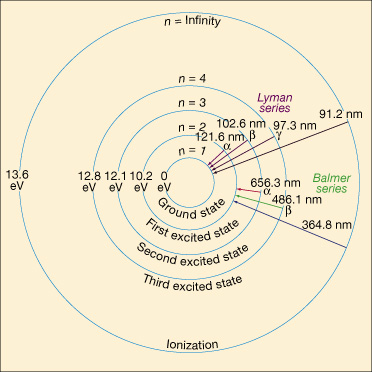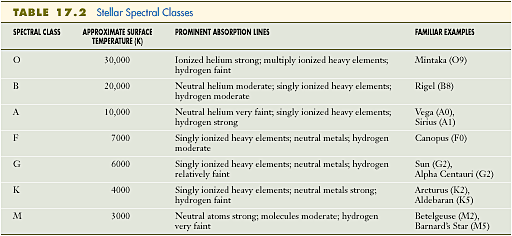
What can we learn from stellar spectra?

The ratio of blue light to visible light is a quantitative measure of the color of a star.
From 1880 to 1920, astronomers classified spectra based on the strength of
the Hydrogen lines (assuming this measured the amount of Hydrogen in the
star). They made a classification system: A, B, C, ...,
with A stars having the most Hydrogen, P stars having the least.
With the birth of quantum physics in the 1920's, astronomers realized
that the absence of Hydrogen lines in stellar spectra did not mean the
absence of Hydrogen in the star:

Lack of Hydrogen lines could mean
Astronomers kept the old classification system, but reordered the
sequence to correspond to temperature: O B A F G K M
